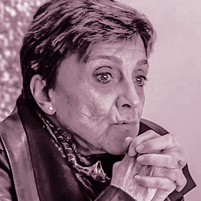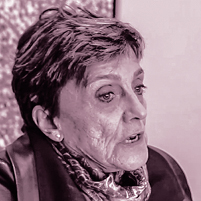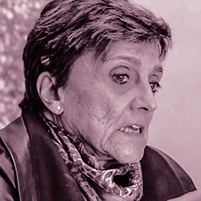Creative industry is a 21st-century concept. First, we talked about the Information Age. Later, the Information Age became the Information Industry. A program at Harvard some ten years ago examined how to survive culturally in the 21st century and later published a book that offered three pieces of advice to new generations on how to adapt to the 21st century. The first was to learn English, the lingua franca of the world today. Professional weakness matters less if you speak English. That is, even if you’re at the top of your profession, you’ll have a hard time unless you speak English. Two, be IT-literate. Know how to make full use of computers rather than use them simply as a typewriter or for simple tasks. That knowledge could open new doors. Three, learn mathematics, and by that they mean acquiring analytical thinking skills, not memorizing trigonometric formulas. Today, knowledge of algorithms has become even more important than learning math. Even the social sciences are using algorithms to advance knowledge. We now live in an age of digital social sciences, so let’s approach creative industries from this angle.
We have to accept that we live in a brand new era. The climate has changed, but we are still struggling to accept that it has changed, because it impacts how we perceive the world. The world has long since changed from the one we knew, the one we grew up in, but because traces of that traditional world continue to exist, we think it still survives. The world has changed enormously, and it’s because of the creative industries.
Today creative industries even include IT; consequently, new media design and production are fields in their own right. And there are countless others that may not immediately spring to mind but fall under the heading of the information industry. The most valuable concepts in the world today are information and creativity. All you need to possess is creative thinking. When we speak of the creative industry, some people include Uber and others GoPass, a product that gives users admission to cultural events throughout the Americas. I think this leads us to the most important topic of 21st-century culture. It’s no longer possible to give direction to a society’s cultural production if you focus solely on classical culture, rhetoric culture, or culture formed by literature or the theater. Creative industries raise their own capital, create their own opportunities, and develop brand new horizons in the areas of human resources and education planning. That’s why planning the development of creative industries is as important as everything else we’ve discussed so far. Talent was once concentrated in literature, and in the 20th century it moved to the cinema. Today, talent heads toward IT, contemporary art, and design. No longer can we consider IT and design as fields that exist outside culture and the culture industry. The development of new methodologies to meet the needs of the entertainment industry, like 3-D animation, is enough to show just how important the creative industries are. Turkey must plan for the creative industries in its education and higher education systems without delay. It’s not something that’s going to be achieved by making sure every school has this or that department. It all needs planning. When you look at the technology–ideology axis, there is no ideological structure with the capacity to resist pressure from the new. Whether we recognize it or not, new technologies have created a new type of human being, a new culture. One that’s impossible to ignore. The entertainment industry is in contact with this world, but what’s more important is that organized cultural education is turning toward this world as well. Creative industries are developing opportunities that are independent and very different from familiar traditional production methods. Education systems also need to be prepared to respond to that cultural approach.







